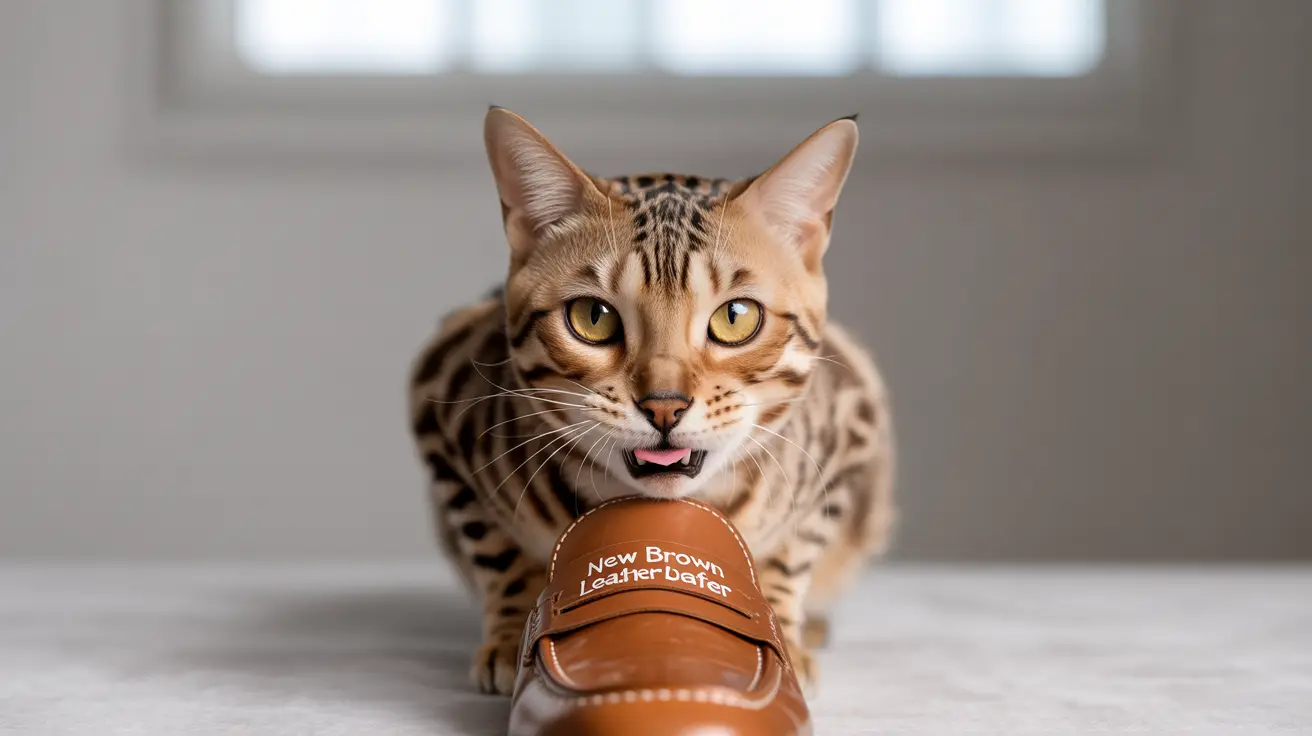Have you ever noticed your cat making a peculiar face, with their upper lip curled and mouth slightly open? This distinctive expression, known as the flehmen response in cats, is actually a sophisticated biological mechanism that helps our feline friends gather detailed information about their environment.
This unique behavior serves as a crucial tool in a cat's sensory arsenal, allowing them to process chemical signals that are essential for their survival and social interactions. Let's explore this fascinating aspect of feline behavior and understand why cats perform this seemingly strange yet important action.
The Science Behind the Flehmen Response
The flehmen response works through a specialized organ called the vomeronasal organ (VNO), or Jacobson's organ, located in the roof of the cat's mouth behind their front teeth. When cats perform this behavior, they're actually drawing air into their mouths to allow scent molecules to reach this specialized sensory organ.
This organ is particularly adept at detecting pheromones - chemical signals that cats use to communicate with one another. Unlike regular scent detection through the nose, the vomeronasal organ can process complex chemical signals that provide detailed information about other animals in the environment.
What Triggers the Flehmen Response?
Cats typically display the flehmen response when they encounter interesting or biologically significant odors. Common triggers include:
- Urine marks from other cats
- Pheromone signals from potential mates
- New objects in their environment
- Human body odors
- Areas where other cats have recently rested
The response is particularly noticeable when cats investigate their territory or encounter unfamiliar scents. This behavior helps them gather crucial information about other animals in their environment, including their reproductive status, health condition, and recent presence in the area.
The Importance of Pheromone Detection
The flehmen response plays a vital role in feline social behavior and survival. Through this mechanism, cats can:
- Identify potential mates and their reproductive status
- Detect territorial markings from other cats
- Assess potential threats in their environment
- Navigate complex social hierarchies
- Recognize familiar individuals and newcomers
The Evolutionary Advantage
This sophisticated scent-processing system represents millions of years of evolutionary development. While humans rely primarily on visual cues, cats have developed this additional sensory system that provides them with detailed chemical information about their environment, giving them a significant advantage in survival and reproduction.
Frequently Asked Questions
What is the flehmen response in cats and what does it look like?
The flehmen response appears as a distinctive facial expression where cats curl their upper lip, slightly open their mouth, and often appear to be grimacing or looking dazed. This behavior typically lasts for several seconds while the cat processes scent information through their vomeronasal organ.
Why do cats curl their lips and open their mouths during the flehmen response?
Cats curl their lips and open their mouths to direct air and scent particles toward their vomeronasal organ, located in the roof of their mouth. This position helps them better analyze pheromones and other chemical signals in their environment.
How does the vomeronasal organ (Jacobson's organ) help cats detect pheromones?
The vomeronasal organ contains specialized sensory cells that can detect and process chemical signals (pheromones) that regular scent receptors cannot. This organ sends this information directly to the part of the brain that processes social and reproductive behaviors.
Are male cats more likely to exhibit the flehmen response than female cats?
Both male and female cats exhibit the flehmen response, though males may display it more frequently, particularly when detecting pheromones from female cats in heat. However, all cats use this behavior to gather information about their environment.
What kinds of smells or situations typically trigger the flehmen response in cats?
Cats typically show the flehmen response when encountering urine marks, unfamiliar objects, other cats' scent markers, catnip, and sometimes even human odors. Any novel or biologically significant scent can trigger this behavior.
Understanding the flehmen response helps us better appreciate our cats' complex sensory capabilities and their fascinating ways of interpreting the world around them. Next time you see your cat exhibiting this behavior, you'll know they're actually gathering important information about their environment through this sophisticated biological mechanism.






